Kathmandu.co.nz: Strategic Management, Objectives, and Market Analysis
VerifiedAdded on 2023/06/11
|11
|582
|456
Report
AI Summary
This report provides a strategic analysis of Kathmandu.co.nz, a transnational retail chain specializing in travel and adventure apparel and equipment. It begins by examining the company's mission, vision, and objectives, proposing improvements to enhance customer engagement. The analysis delves into the organizational structure and key financial concepts, particularly the 'going concern' principle, essential for achieving the company's strategic goals. Furthermore, the report explores market segmentation strategies, focusing on geographic, demographic, psychographic, and lifestyle variables, and discusses product positioning tailored to specific target segments. It also identifies potential human resource challenges, such as increased costs due to retraining and resistance to change from existing management. The report concludes by emphasizing the importance of implementing revised objectives and strategic visions for long-term sustainability.
1 out of 11
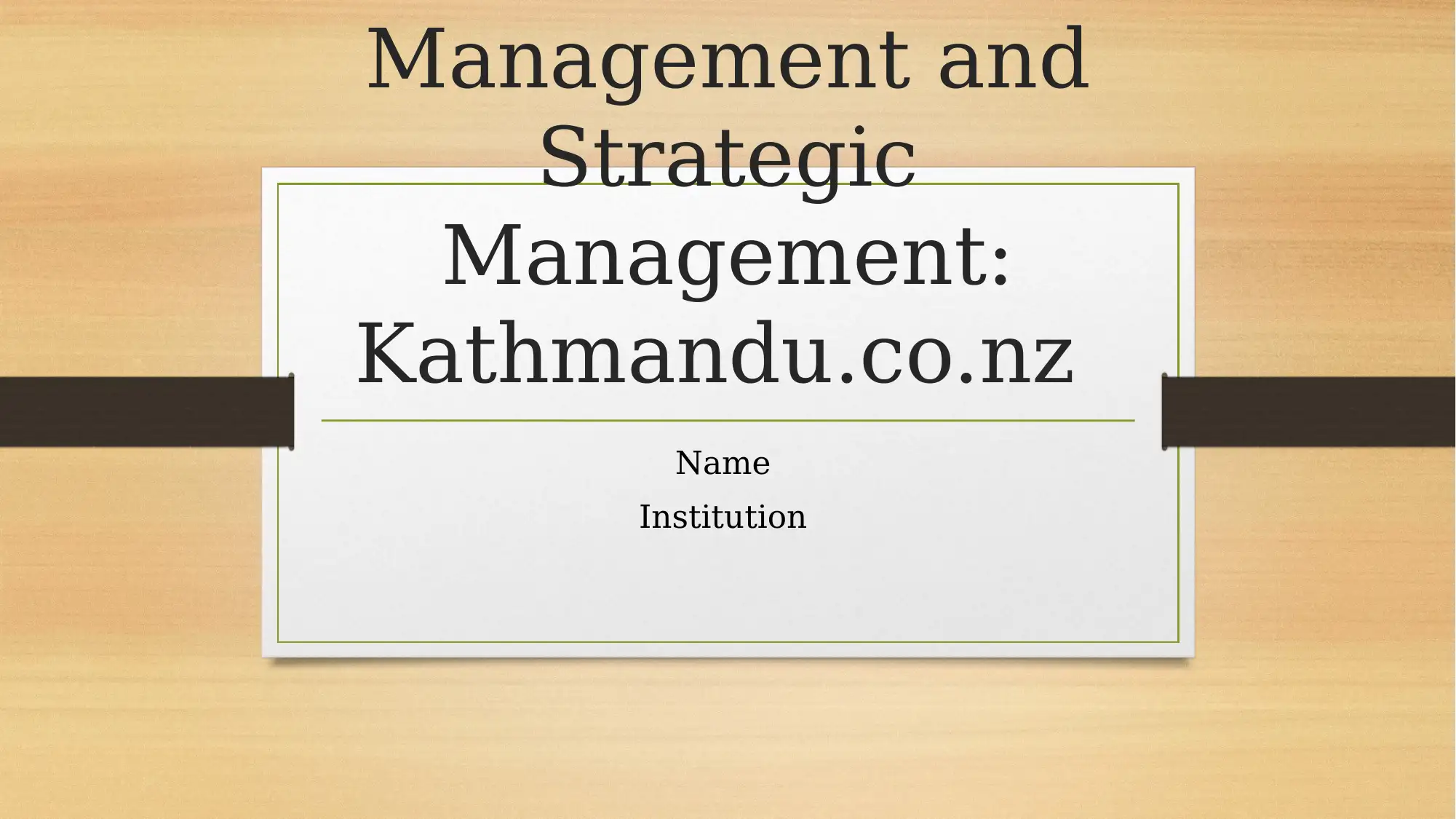

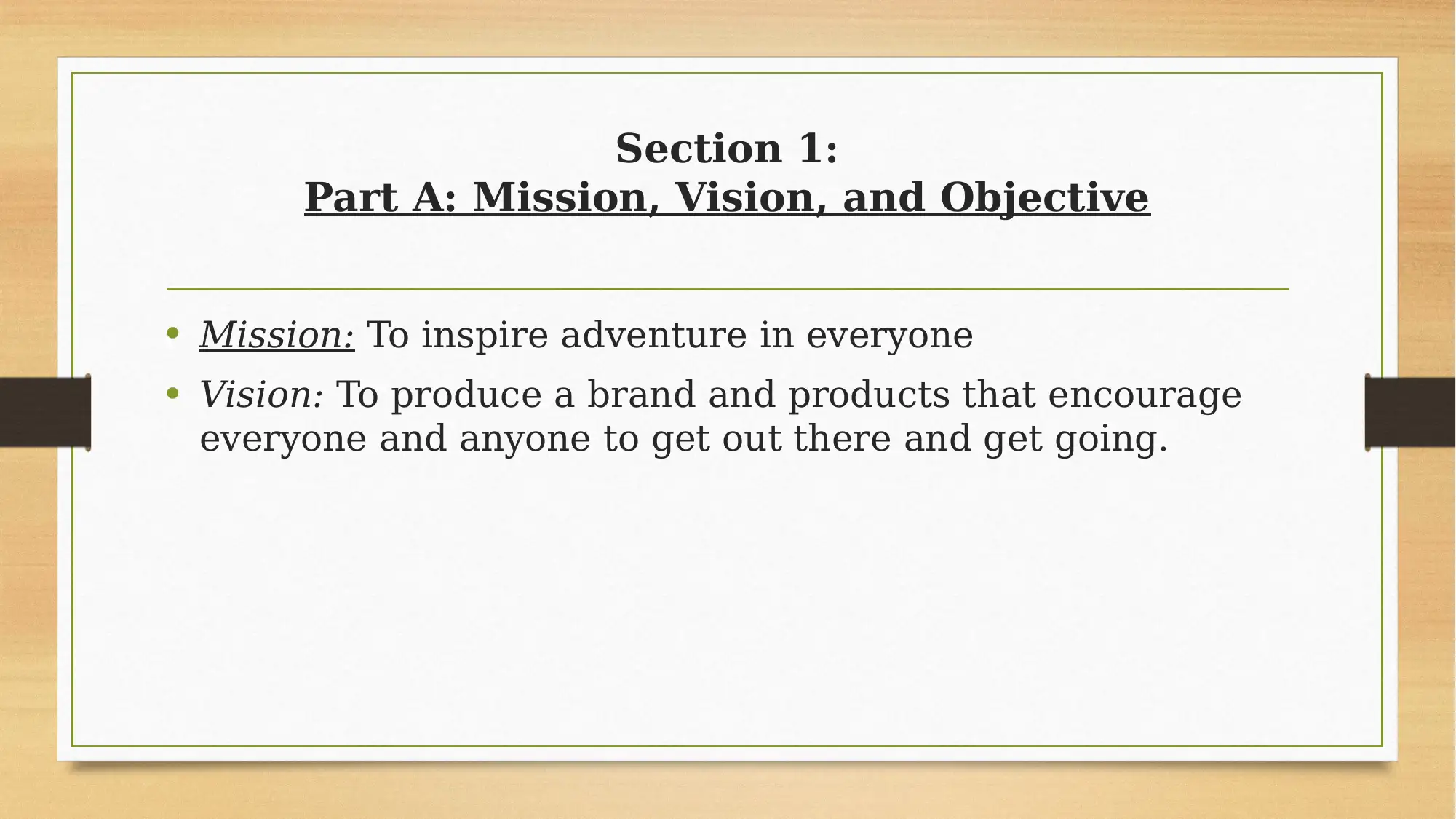

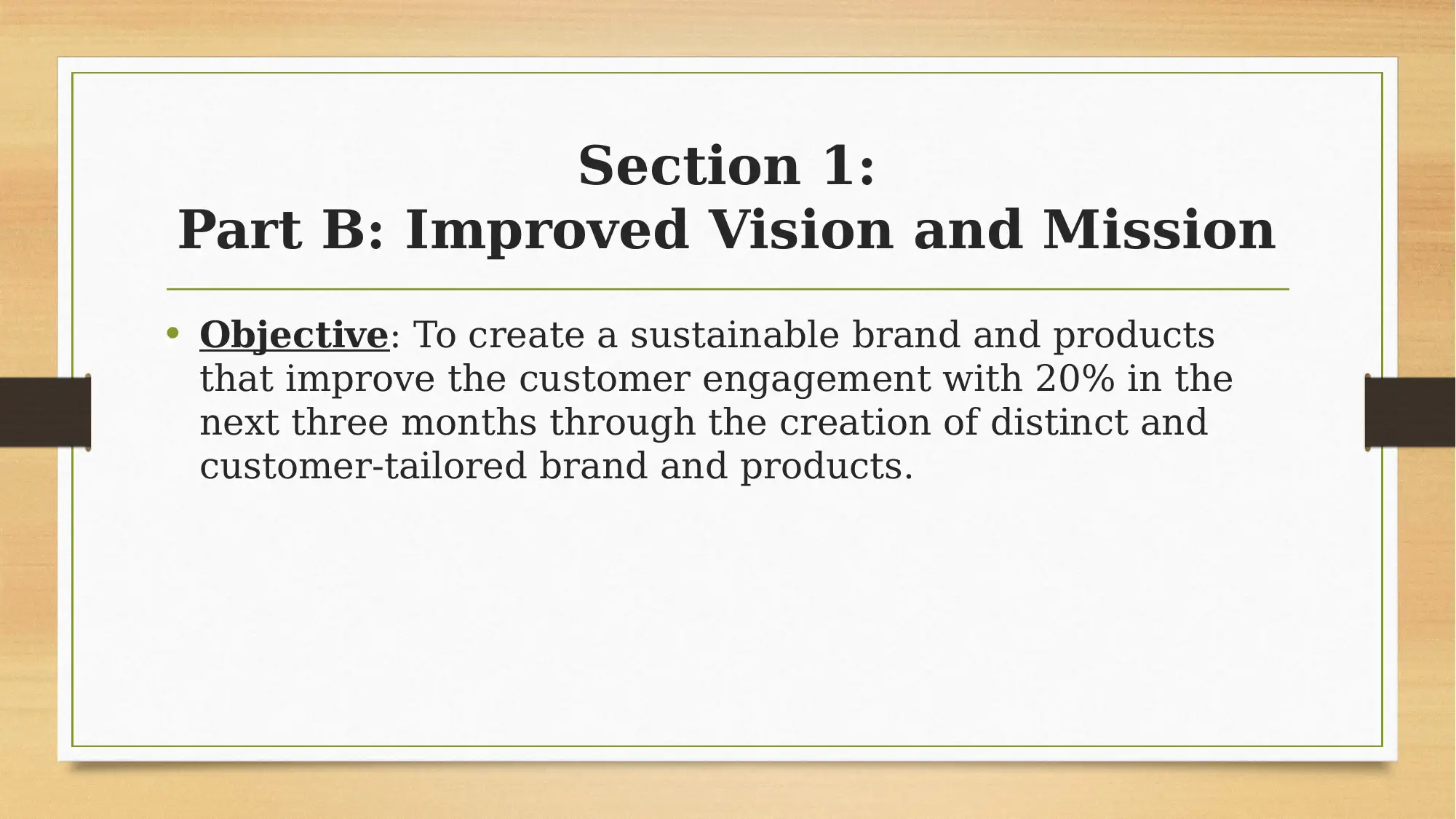
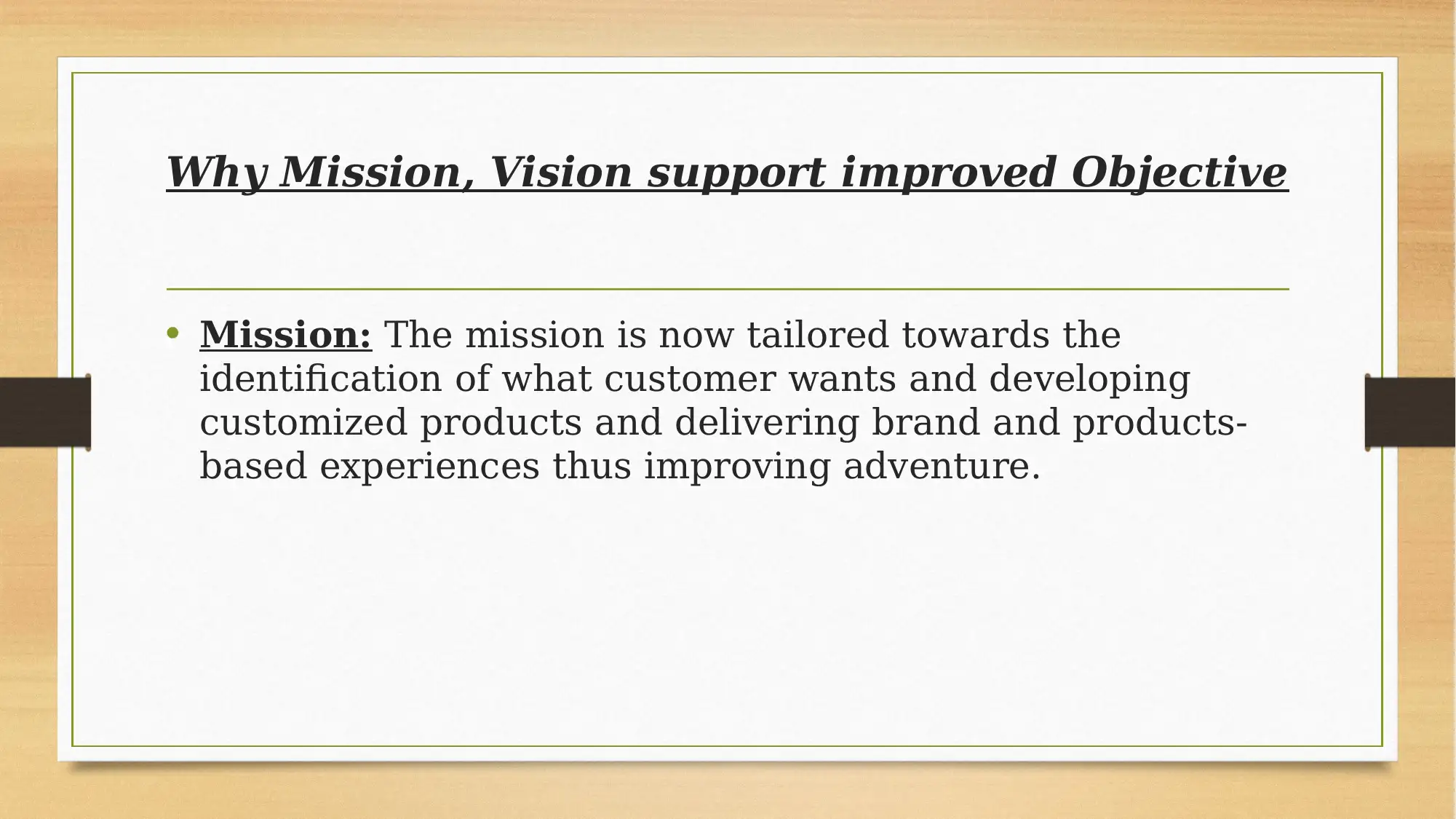
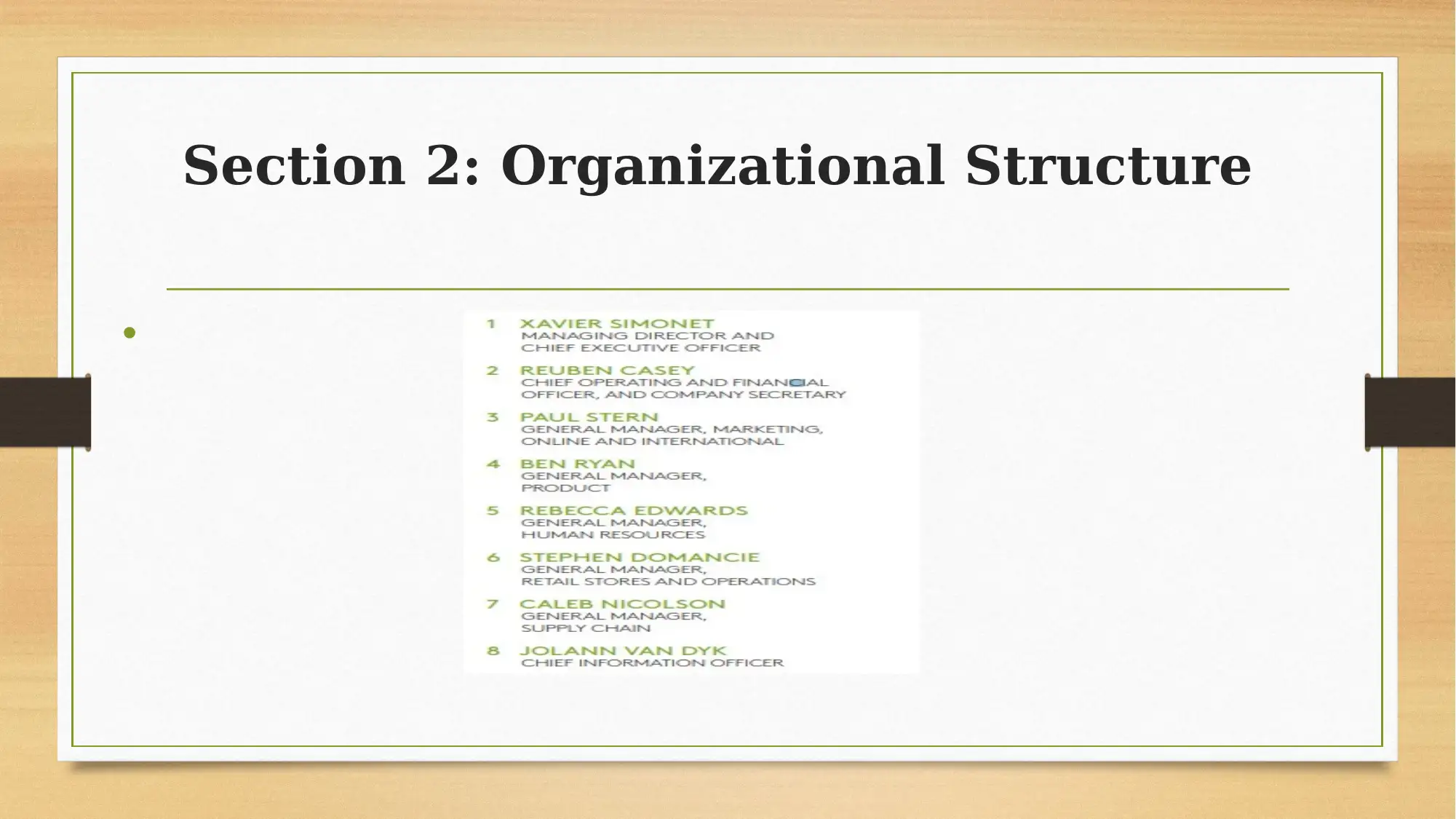
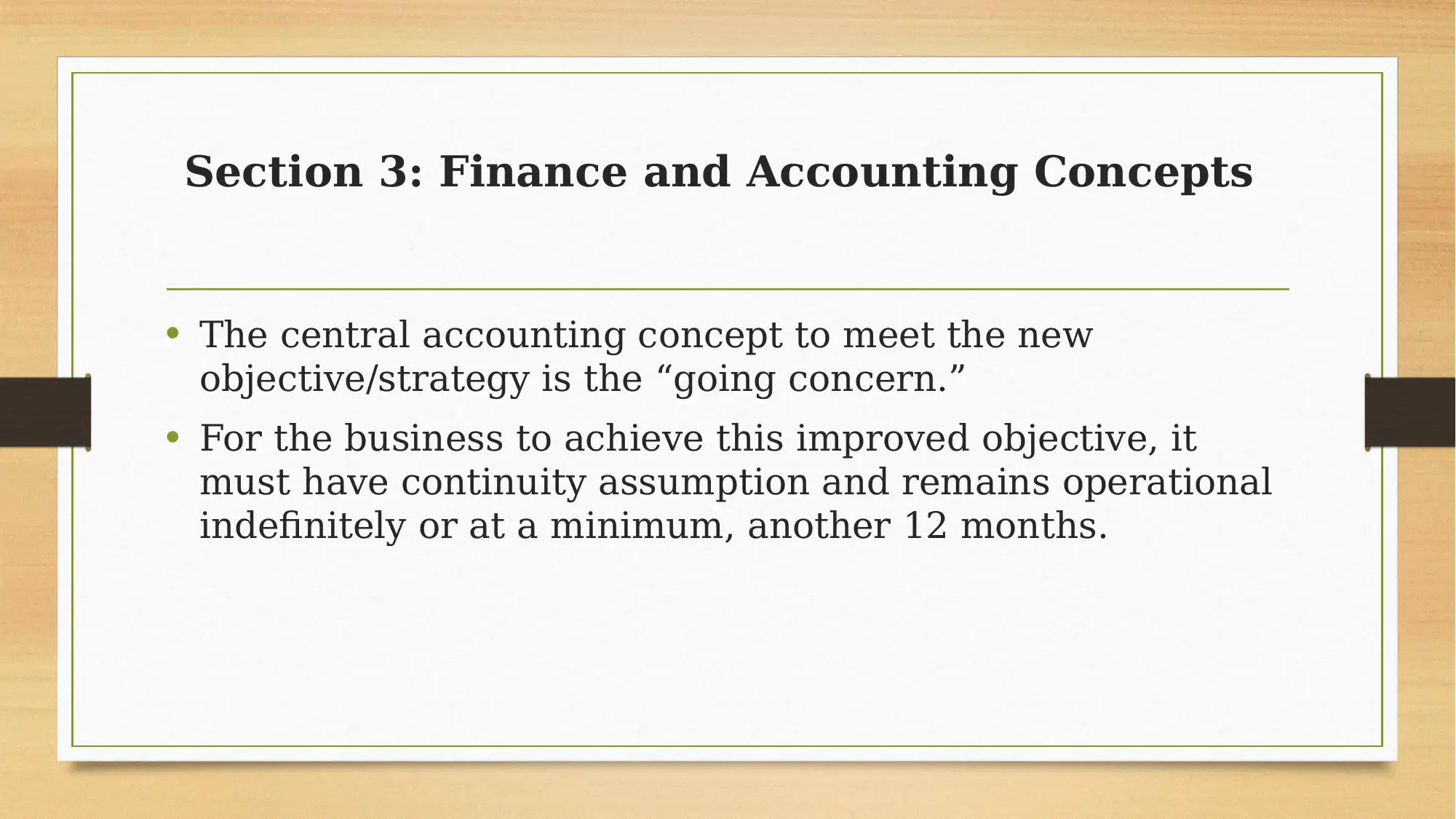
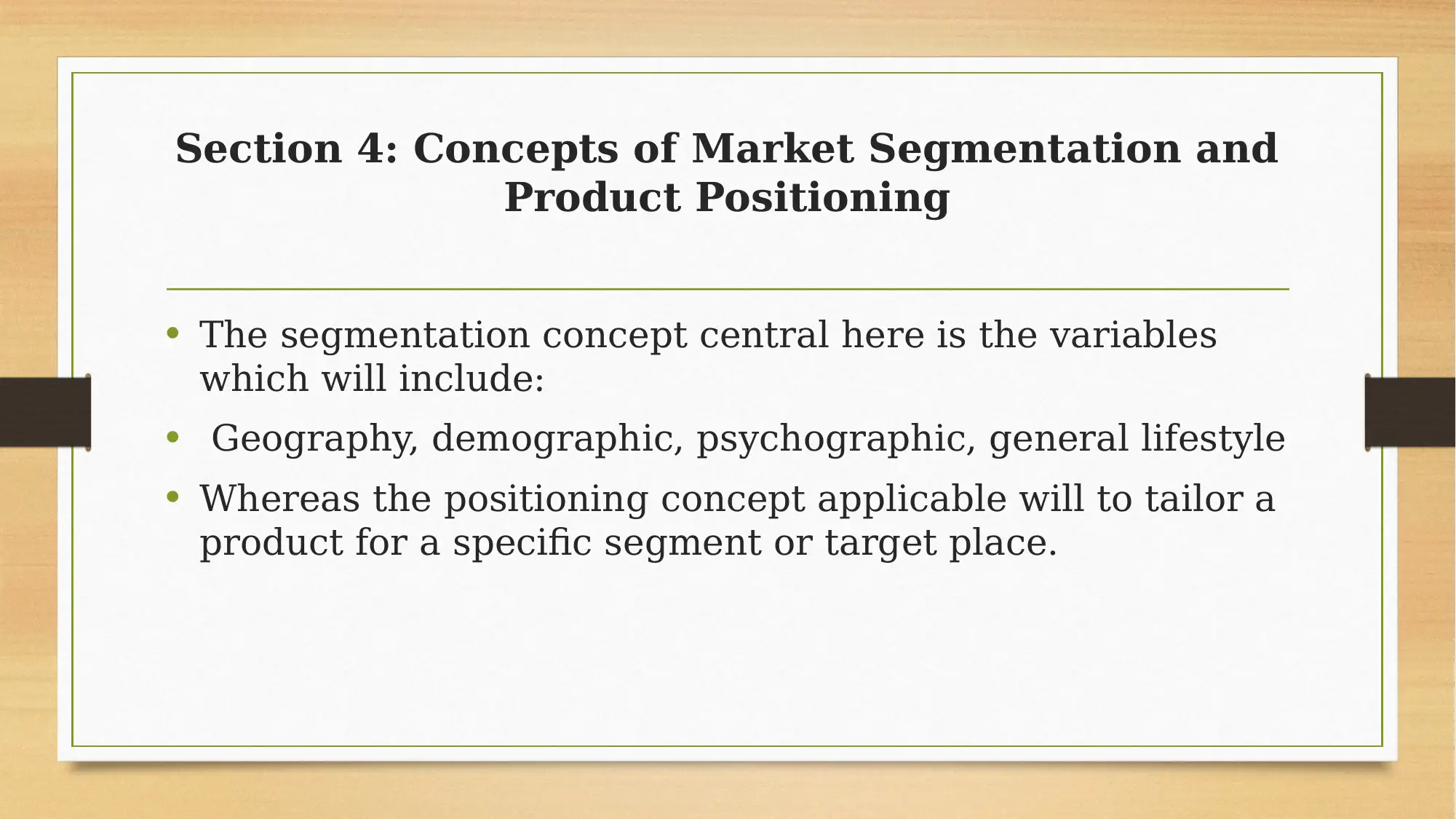
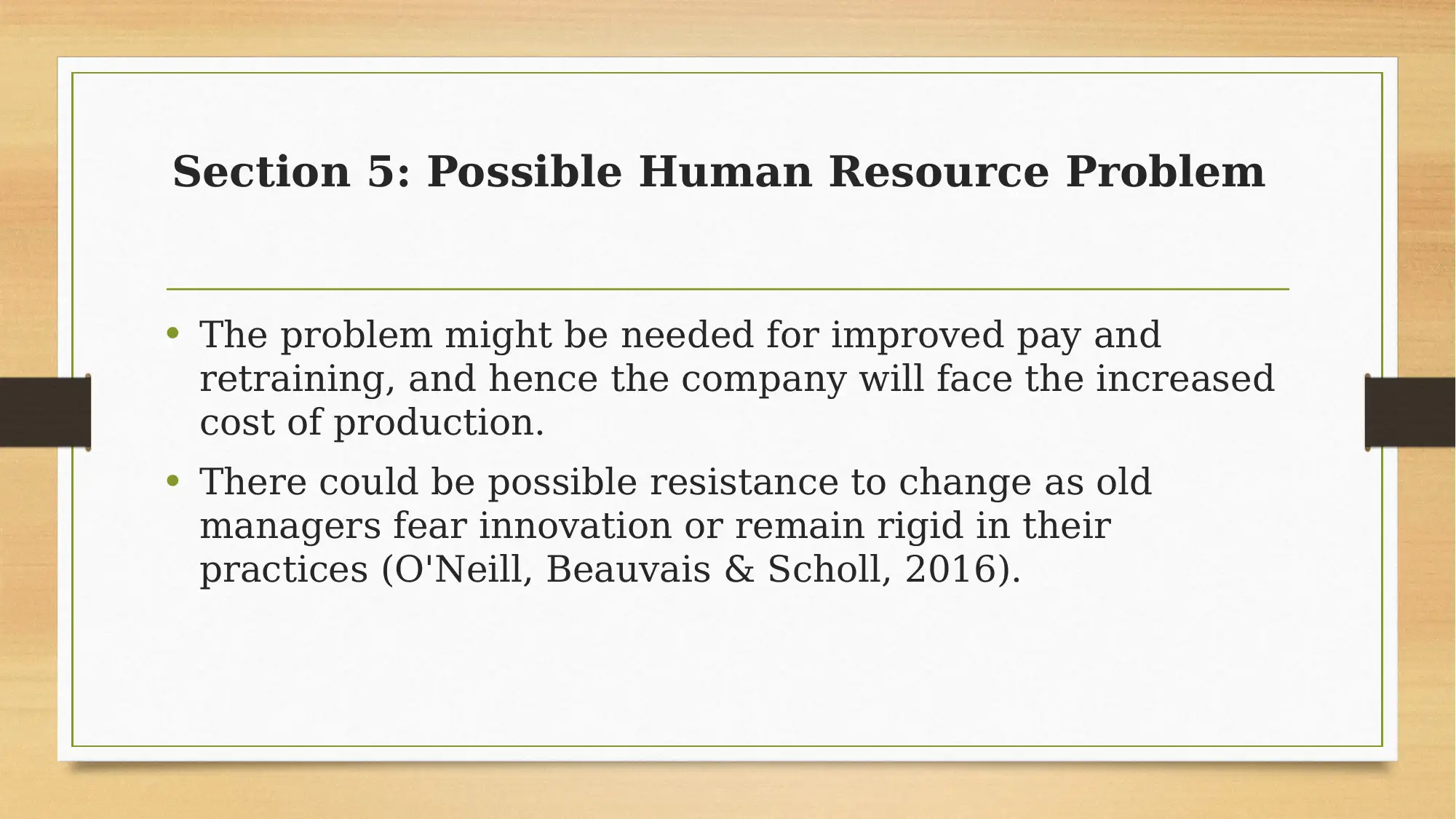

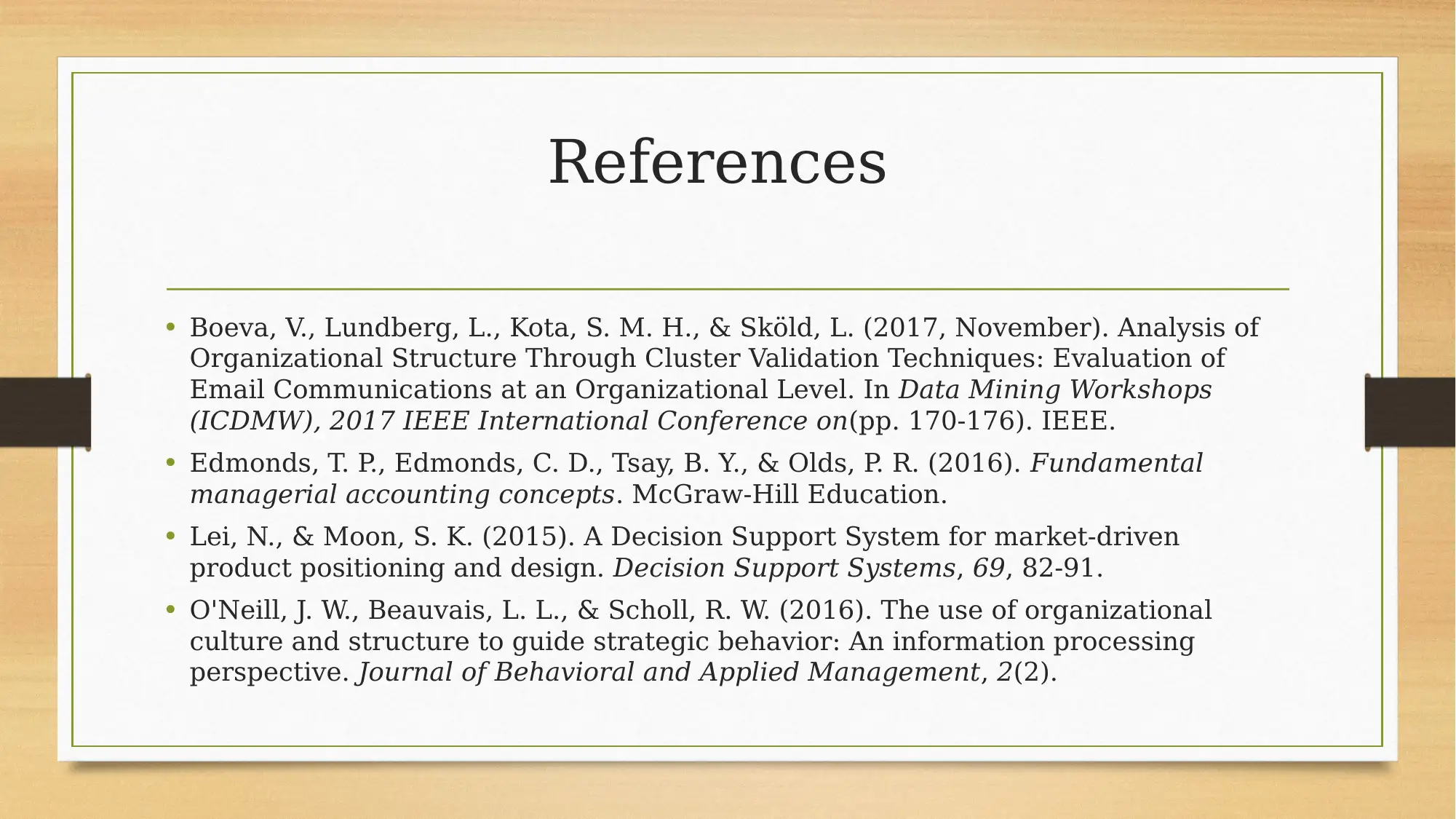
![[object Object]](/_next/static/media/star-bottom.7253800d.svg)